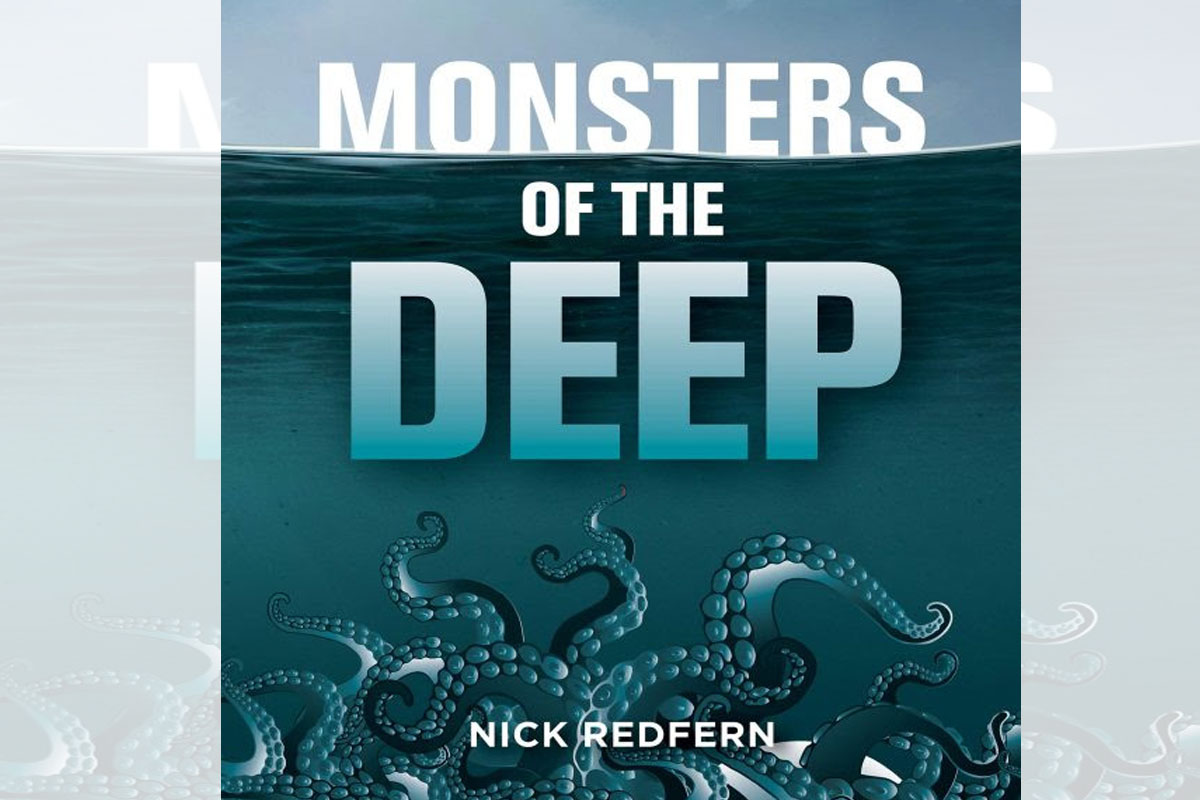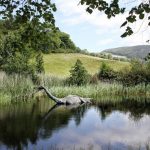
The Water Monsters of Ireland: Nessie’s Cousins?
Nick Redfern September 16, 2021
When most people think of lake-monsters, they almost certainly think of the likes of the Loch Ness Monster, Ogopogo, and Champ. They are, without doubt, the most famous of all lake-monsters. Today, however, I’m going to share with you some fascinating stories from Ireland. The idea that crocodiles might be living in Ireland stretches credulity not just to its limit, but way beyond it, too! Nevertheless, creatures that at least superficially resemble crocodiles have been seen and reported across the land and for centuries – and particularly in Ireland’s lakes and loughs. A particularly fascinating account of just such a monster was chronicled by Roderick O’Flaherty, in his 1684 book, A Description of West or H-Iar Connaught. The location was the waters of Lough Mask.
O’Flaherty said:
“There is one rarity more, which we may term the Irish crocodile, whereof one, as yet living, about ten years ago (1674) had said experience. The man was passing the shore just by the waterside, and spyed [sic] far off the head of a beast swimming, which he took to be an otter, and took no more notice of it; but the beast it seems lifted up its head; to discern whereabouts the man was; then diving swam under the water till he struck ground; whereupon he run out of the water suddenly and took the man by the elbow whereby the man stooped down, and the beast fastened his teeth in its pate, and dragged him into the water.” Luckily, the man made his escape. And, of course, there’s no way that the water-beast could have been an “Irish crocodile.” Others have suggested an alligator. Such things, however, have never lived in the wilds of Ireland. But, perhaps, the beast was something else, something strange, something still completely unknown.
 (Nick Redfern)
(Nick Redfern)
One of the most interesting theories for some (but, certainly not all) sightings of Irish lake monsters is that they may actually be giant-sized eels. On a particular September day in 2009, England-based monster-seeker Jonathan Downes, his late wife, Corinna, and Center for Fortean Zoology colleague Max Blake headed out to Ireland’s Lough Leane, a small but engaging body of water. It was late afternoon on September 17, 2009 and Tony “Doc” Shiels both a creature-hunter and an Irish wizard – had invited the trio to spend some time with him. It was fortuitous, indeed, that Downes accepted the invite. Notably, Shiels said that the trio should keep their eyes focused on one particular stretch of water. As Corinna Downes notes, something very strange appeared before them: “I saw a trail left by something as it made its way from the island to the shore to the east of it… I was to be pressed for an answer I would probably suggest a large eel.” Max Blake recorded his thoughts on the encounter, too: ““If I had to make a guess, I would say that it was most likely to have been a giant eel.”
Lough Nahooin, Ireland was the site of a monstrous encounter back in the 1960s. Nessie-seeker F.W. “Ted” Holiday said the following of this particular case: “At about seven on the evening of 22 February 1968, Stephen Coyne went down to the bog by the lough to bring up some dry peat. With him he took his eldest son, a boy of eight, and the family dog. Although the sun had set it was still quite light. On reaching the peat-bed beside Nahooin he suddenly noticed a black object in the water. Thinking it was the dog he whistled to it; however, the dog came bounding along the shore from behind. On seeing the object it stopped and started barking. He then saw that the object was an animal with a pole-like head and neck about nine inches to a foot in diameter. It was swimming around in various directions. From time to time it put its head underwater; two humps then came into view. Occasionally, a flat tail appeared. Once this came out near the head which argued length and a high degree of flexibility. The thing was black, slick, and hairless with a texture resembling an eel.”
(Nick Redfern)
MU*


















